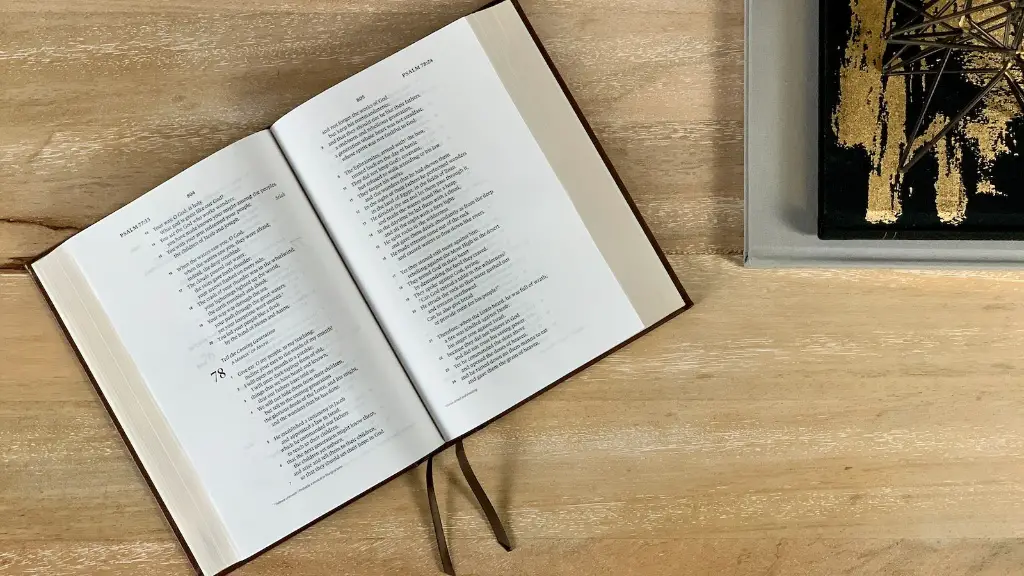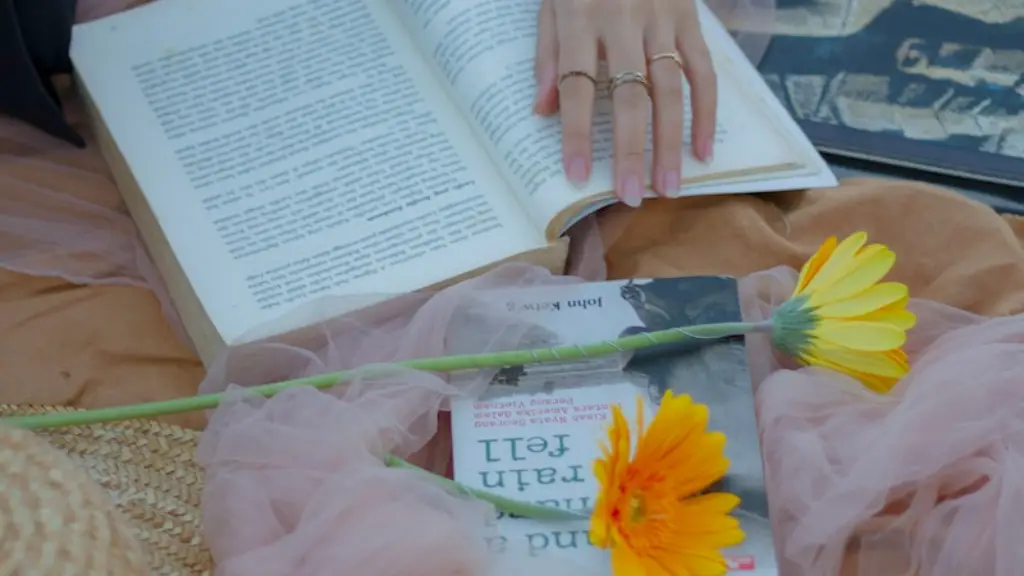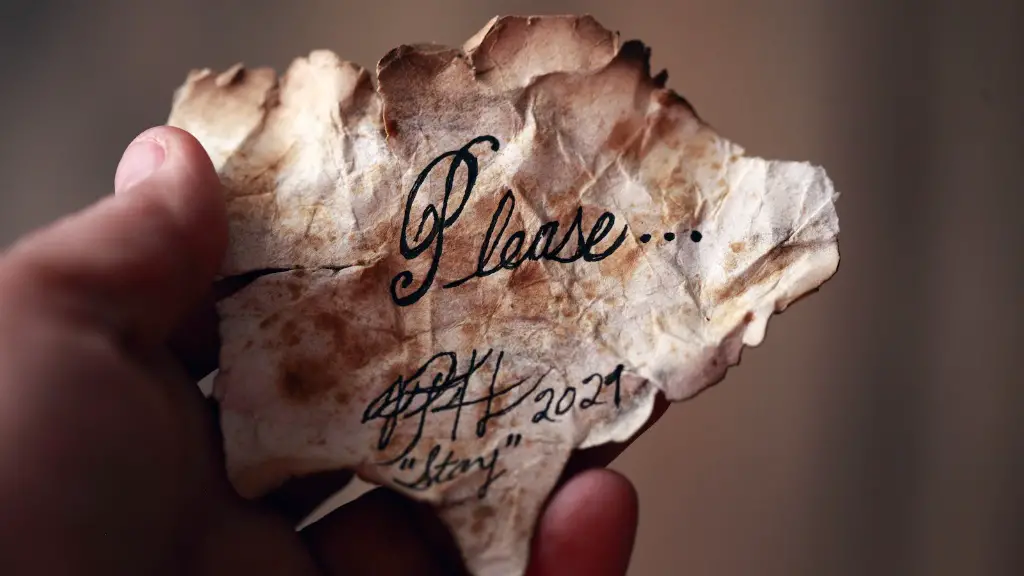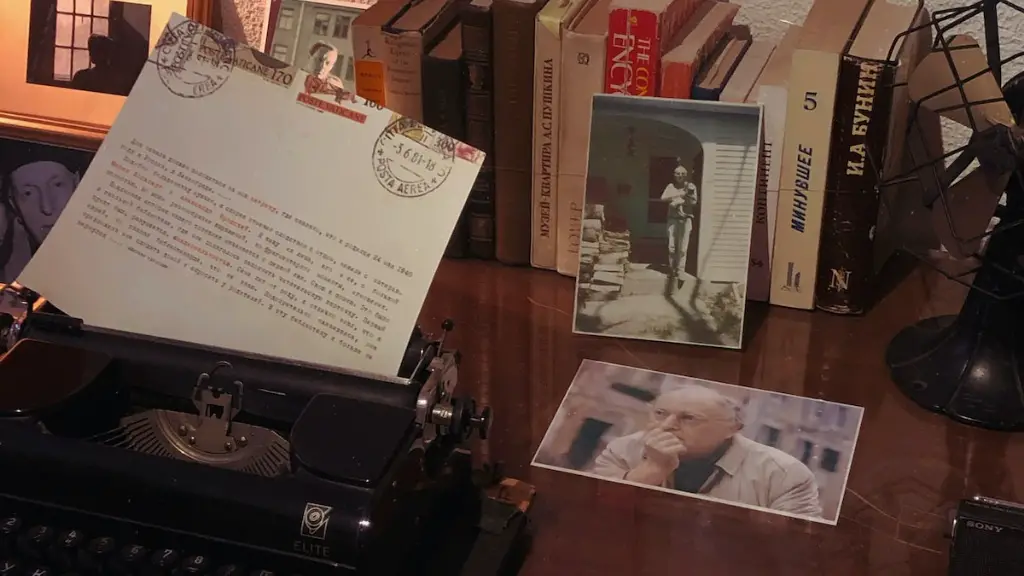When it comes to poetry, understanding form is an important ability for deciphering its layers of meaning. The form of a poem can be broken down into a number of components. This article looks at how to analyse form in poetry, through considering rhyme, meter and stanza structure.
Rhyme
Rhyme is a literary device in which two words have the same end sound, usually but not always at the end of two lines in a poem. Rhyme can be perfect, which involves two words with similar end sounds, or imperfect, which involves only similar sounding endings. This can make a poem sound more pleasant and cohesive, as well as emphasise certain words and create a greater effect. For example in William Wordsworth’s ‘I Wandered Lonely as a Cloud’, perfect rhyme is used to emphasise the idea of a peaceful and tranquil scene: “A host, of golden daffodils; Beside the lake, beneath the trees, Fluttering and dancing in the breeze”.
Meter
Meter is another element of poetry that helps create rhythm and structure. It is composed of regular, recurring feet of syllables, often consisting of stressed and unstressed syllables. This means that certain syllables in a line of poetry are emphasised, similar to a beat or rhythm. For example, in William Shakespeare’s ‘Shall I Compare Thee To A Summer’s Day’ the meter used is iambic pentameter, meaning there are five feet of two syllables in a line, with the first syllable of each foot being unstressed and the second syllable being stressed. This helps create a beautiful, flowing sound and an overall atmosphere.
Stanza Structure
The structure of a poem can give readers an understanding of how it works and how its subject matter is presented. Stanzas are an important part of the structure of a poem, as they create pauses and breaks, and help form a narrative. For example, in Emily Dickinson’s ‘Because I Could Not Stop For Death’, four separate stanzas are used to create a sense of movement and displacement, as the poem progresses. This helps readers to trace the journey and follow the narrative arc.
How to Interpret the Form
It’s important to remember that form is only one element of a poem, and that a poem should not simply be interpreted based on its form alone. Instead, the form should be used to help interpret the poem’s deeper layers of meaning. Paying attention to the way a poem is structured and the words that are emphasised through the use of rhyme and meter can help gain insight into the poem’s larger message.
How to Use Form in Your Own Writing
If you’re looking to write your own poem, it’s important to consider how to use form to your advantage. Rhyme and meter can be used to emphasise certain words and create narrative rhythm. Stanzas can be used to create breakups and pauses, which can be used to write dramatically and to allow poets to take their readers on journeys.
Form and its Potential
Form has immense potential to elevate a poem, by creating music and atmosphere. For example, in Walt Whitman’s Leaves of Grass, intricate forms are used to get across abstract ideas and promote a feeling of ‘sacredness’ and ‘mystery’. Moreover, it can also help bring a political or moral message across to readers more clearly. For example, in Langston Hughes’s ‘I Too’, Hughes uses language of solidarity and unity to emphasise the human struggle for equal rights.
Form and its Limitations
Form does have its limitations, however. In some instances, form can stifle a poem’s message by making it too rigid. For example, some contemporary poetry does not follow any set form or structure, instead opting for an abstract form in order to get across more powerful, metaphysical messages. The freedom of abstract form can sometimes be more effective at conveying difficult concepts than structured poetry, as it removes any expectations or rules.
Form and Its Influence on Today’s Poetry
Form is still very much alive in today’s poetry, and its influence can be seen in the works of many contemporary poets. In recent years, a resurgence of interest in traditional forms such as sonnets and haikus has been seen, as well as an embracing of the benefits of experimental forms. Ultimately, the use and analysis of form is integral to understanding the meaning behind a poem, and is a skill that all poets, both amateur and professional, must continue to hone.
Modern Uses of Form
The use of form in contemporary poetry can often be quite distinct from traditional forms and styles. Many contemporary poets prefer to draw on a variety of sources, such as popular music, culture, art and philosophy, when constructing their pieces. This has led to a focus on allusion, imagery and symbolism, as opposed to the metrical and rhyming structures common in much of traditional poetry.
Form in Other Arts
Form is not unique to poetry; it is also an integral part of other creative realms as well. For example, in music, composers use form to structure their pieces, with the sequence of movements and different sections helping to create a particular sound or atmosphere. In theatre, form is important for creating performances that engage an audience’s attention and make the narrative easier to follow. It is also used to identify different types of plays, such as tragedys, comedies, and so on.
Form and Defying Conventions
Form does not have to be rigid and constrained by conventions. As with many aspects of art, exploration of different structures and techniques can lead to some interesting outcomes. By breaking the mould and introducing new styles, forms or mediums, poets and writers can create fresh, unique works that stimulate and challenge their audiences.
Form and Narrative
Form is a key part of composition when it comes to writing a poem, especially when constructing its narrative arc. By using form to indicate changes or points of tension or resolution, a poet can direct and shape their story. This helps to draw the readers in and ensures that the poem has a clear theme or message. The structure of stanzas can also be important for this, as it helps divide up the poem into manageable sections and allows for progression in the story.



